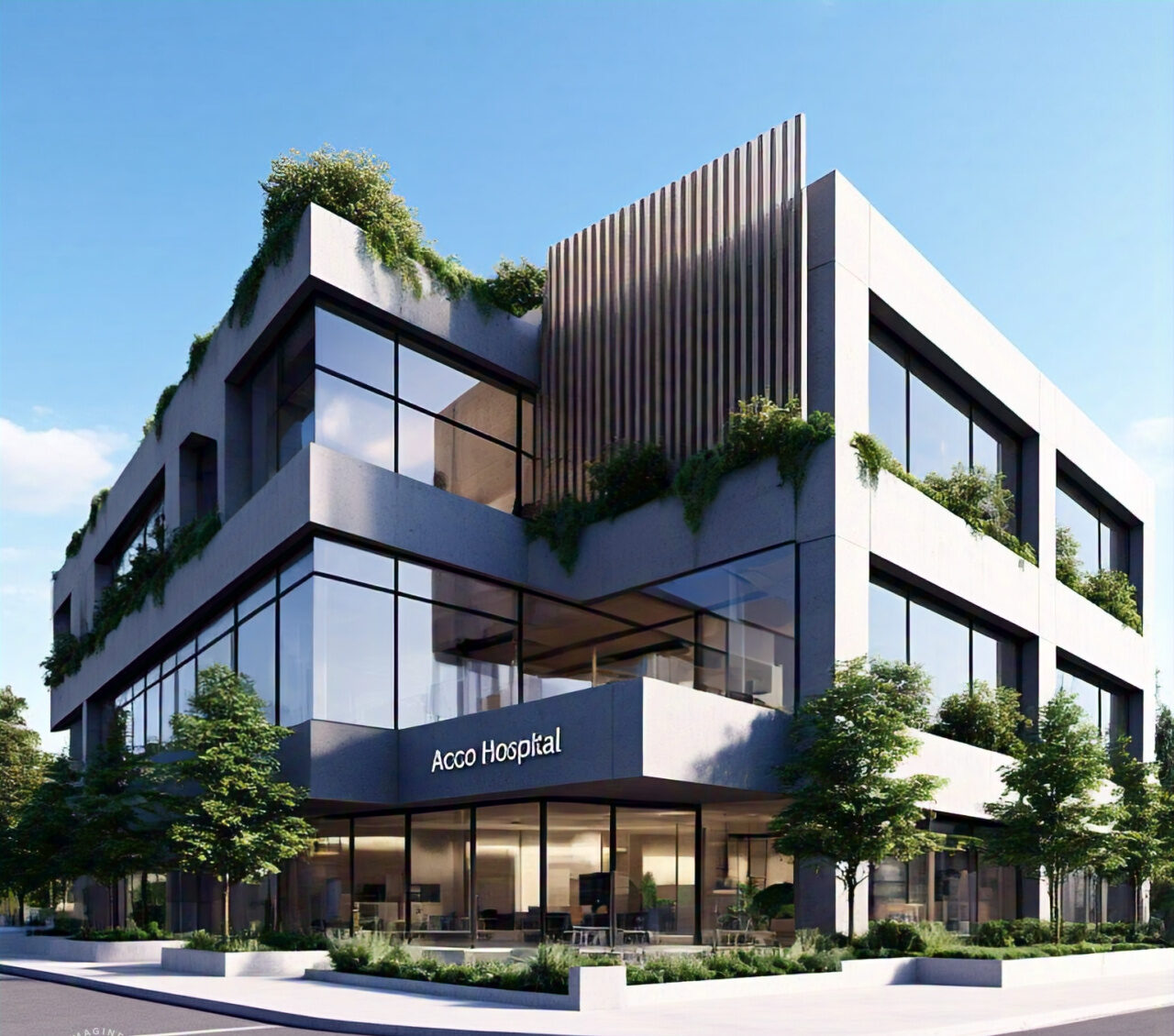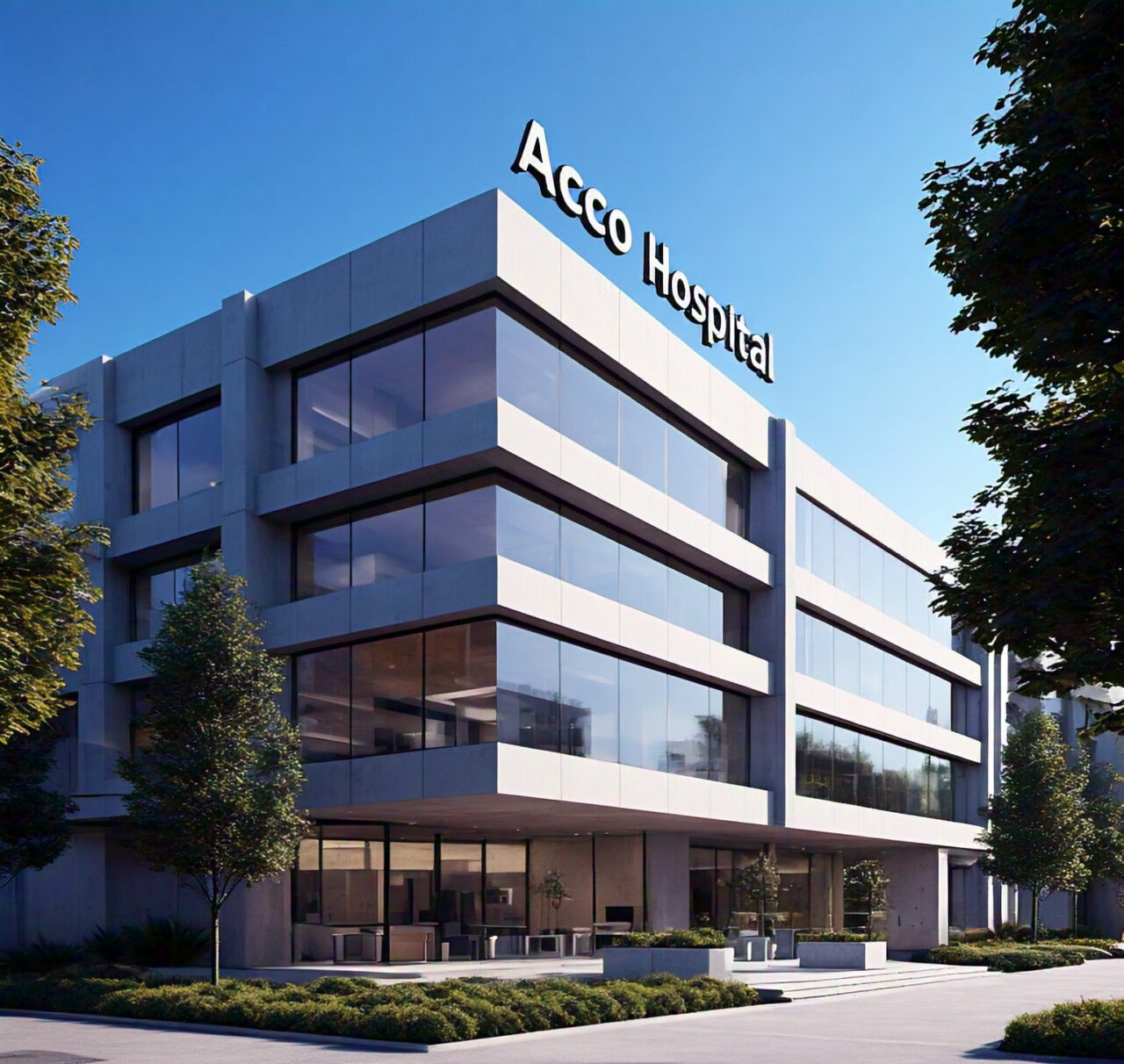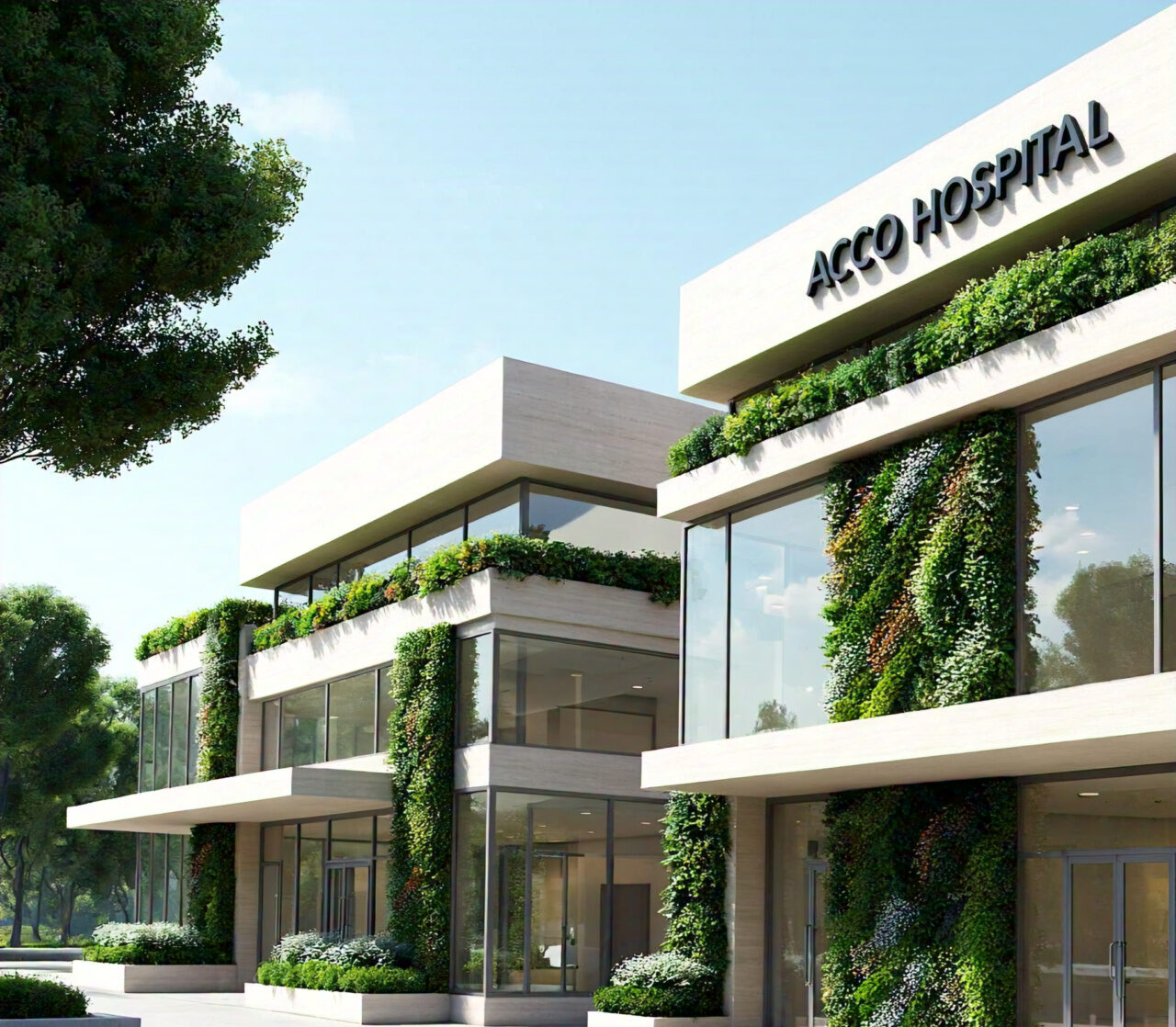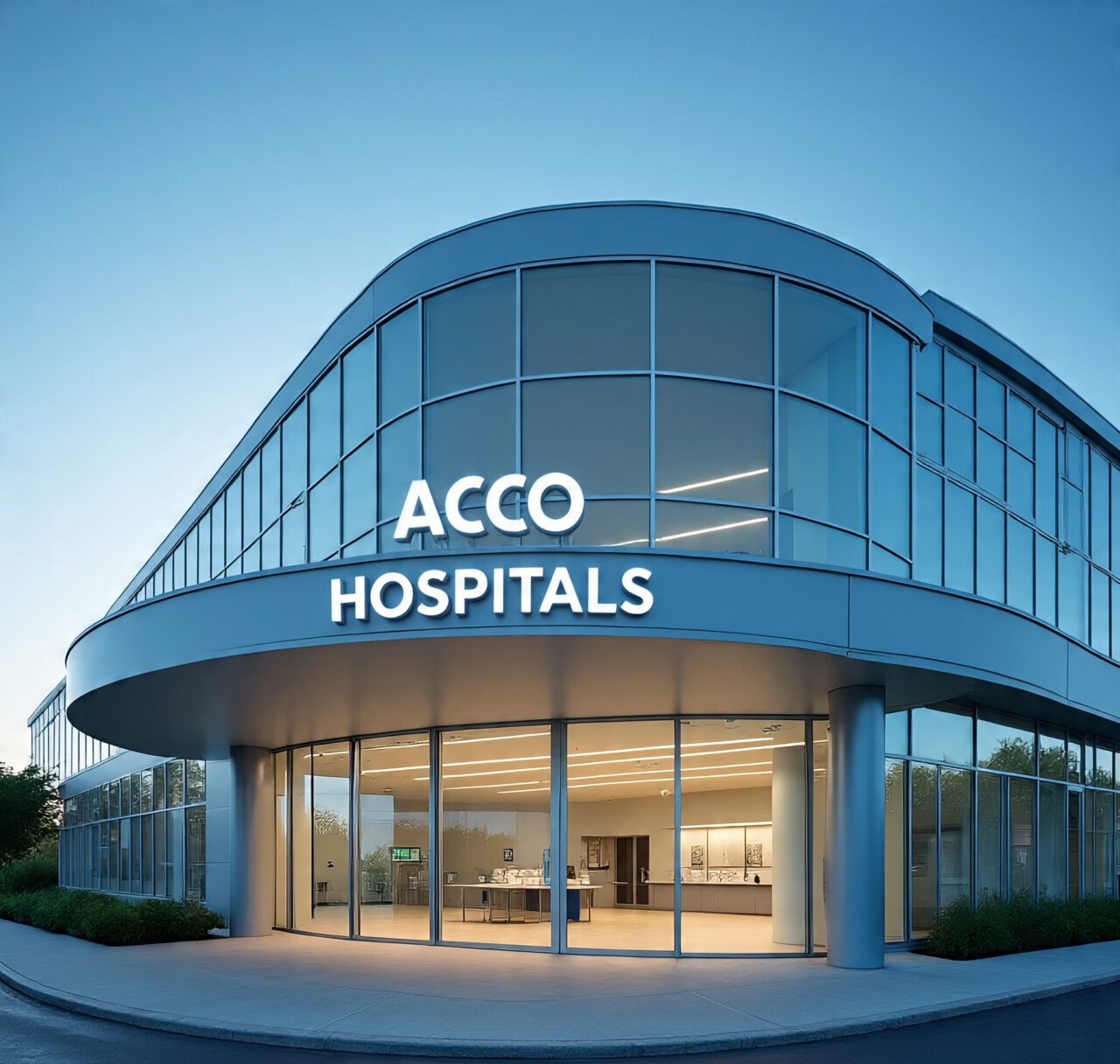
Space Optimization in Hospital Architecture: Smart Planning for Patient Flow – ACCO Construction
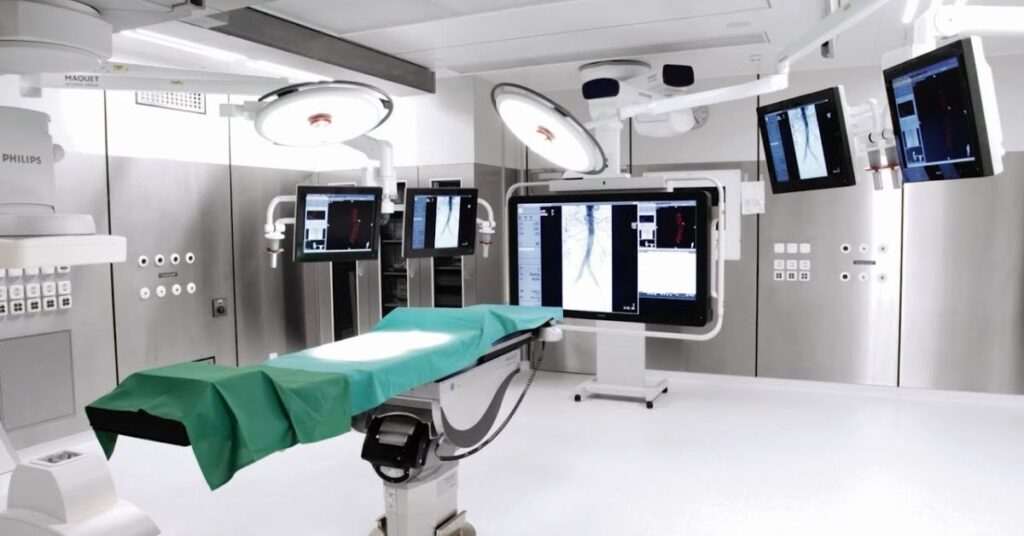
🏗 Introduction to ACCO Construction
Welcome to ACCO Construction, a leading name in hospital architecture and construction in Pakistan. With over 20 years of experience, ACCO is headquartered in Lahore and specializes in designing and building healthcare facilities, ensuring they meet international standards while addressing local needs.
From grey structure development to turnkey hospital projects, we’ve worked on dozens of healthcare projects across DHA Lahore, Islamabad, and Karachi, integrating modern hospital architecture, sustainable solutions, and efficient spatial planning.
🏥 Topic Introduction: Why Space Optimization in Hospitals Matters in Pakistan
Space Optimization in Hospital Architecture refers to the efficient utilization of space to ensure a smooth patient journey, reduce wait times, and improve healthcare outcomes.
In Pakistan, where many healthcare facilities suffer from overcrowding, outdated layouts, and underutilized spaces, the need for intelligent design has never been greater. With increasing patient volumes and limited urban land, smart spatial planning is crucial to:
Enhance workflow efficiency
Improve infection control
Reduce operational costs
Maximize bed occupancy and turnover
🧱 Complete Guide to Space Optimization in Hospital Architecture
🧭 1. Strategic Master Planning
Before laying a single brick, strategic planning defines how every space will function and connect.
Key Elements:
Zoning (Clinical, Administrative, Public, Service)
Vertical Circulation: Elevators and stairs placed for optimized traffic
Departmental Adjacency Planning
🛠 ACCO uses tools like BIM (Building Information Modeling) and AutoCAD to design layouts that are precise and practical.
🛏 2. Patient Flow Optimization
One of the most critical areas is optimizing patient movement from entry to discharge.
Effective Methods:
Separate inpatient and outpatient flow paths
Clear signage and wayfinding
Dedicated emergency access routes
Minimized walking distances between departments
Example:
A radiology lab should be close to ER and surgery, not tucked into a remote wing.
🏨 3. Modular and Flexible Design
Hospitals need to adapt to changing healthcare demands over time.
Modular Design Advantages:
Easy expansion or modification
Better infection isolation zones
Cost-effective maintenance
Key Focus:
ICUs and operation theatres designed to allow future tech upgrades
🔄 4. Shared Spaces and Multi-Functionality
Incorporating multi-use areas is a growing trend in smart hospital architecture.
Examples:
Consultation rooms that double as telemedicine units
Waiting areas that convert into training or education zones
Shared storage or sterilization units between departments
🌿 5. Integrating Technology & Automation
Modern space planning must account for technology integration:
Automated medicine dispensing units
Smart beds with real-time vitals
Mobile diagnostic units
Touchless sensors and access control
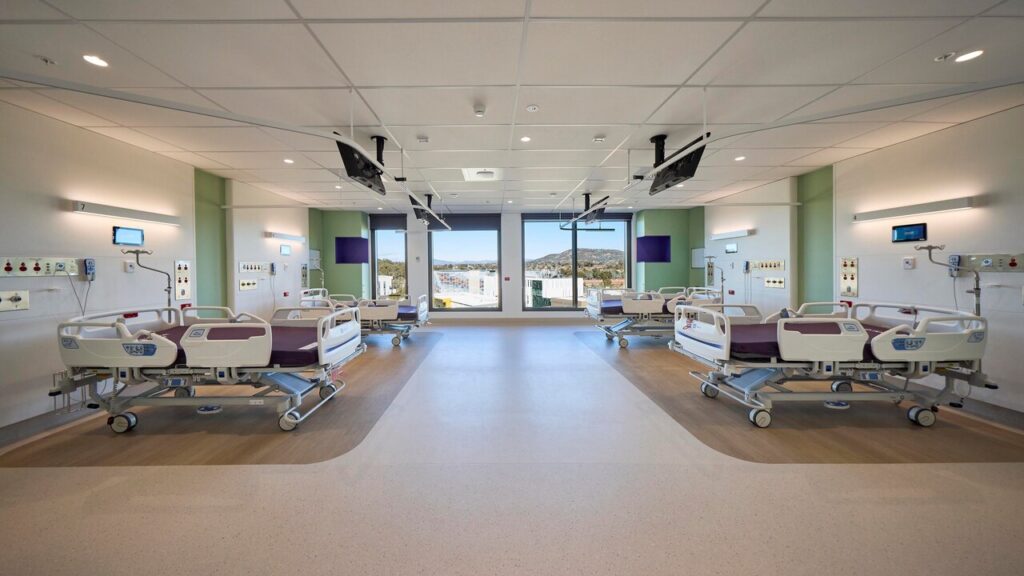
✅ Pros and ❌ Cons of Smart Space Optimization in Hospitals
✅ Pros
🚀 Faster patient flow
💸 Cost savings in operations
🧼 Better hygiene and infection control
📈 Higher staff efficiency
🏥 Improved patient and visitor experience
❌ Cons
💰 High initial design/planning cost
🛠 Renovation downtime in existing hospitals
👷♂️ Requires expert architects and contractors
🔄 Long approval cycles from authorities
❓ Frequently Asked Questions (FAQs)
1. Why is space planning critical in hospital design?
Efficient space planning reduces confusion, improves care delivery, and ensures departments are well connected.
2. What challenges do Pakistani hospitals face in spatial design?
Outdated infrastructure, limited land, and lack of modern planning tools are the biggest hurdles.
3. Can older hospitals be retrofitted for space optimization?
Yes, ACCO specializes in hospital renovation and expansion projects using flexible design strategies.
4. What is the average cost per square foot for hospital construction in Lahore?
Depending on specifications, grey structure costs range from PKR 3,500–4,500/sq. ft, while turnkey solutions range from PKR 6,000–9,000/sq. ft.
5. Does ACCO offer hospital planning consultancy?
Absolutely! We provide end-to-end consultancy, design, and construction services tailored for healthcare needs.
📌 Final Verdict
Smart space optimization in hospital architecture is not just a luxury—it’s a necessity in Pakistan’s healthcare evolution. ACCO Construction blends international design principles with local realities, delivering solutions that maximize performance, efficiency, and patient satisfaction.
Whether you’re planning a new hospital, renovating an existing one, or expanding healthcare capacity, ACCO is your trusted partner in creating smart, scalable, and sustainable spaces.
🔗 Internal Links
🌐 External Links
📣 Call to Action
Ready to optimize your hospital design for better patient flow and cost-efficiency?
📞 Call us now at 0322-8000190
💬 WhatsApp: Click to Chat
📩 Or visit our Contact Page for a free consultation with our hospital planning experts!
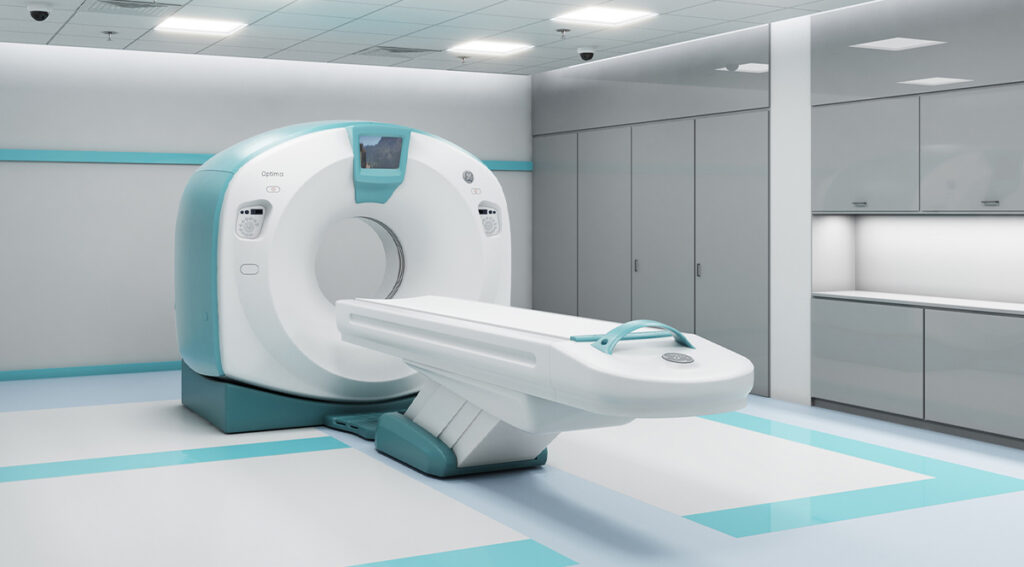
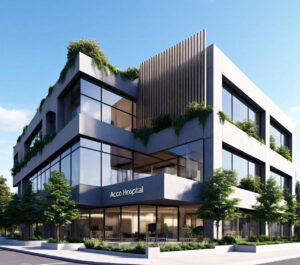
Smart Healthcare Facility Design & Development – ACCO Construction
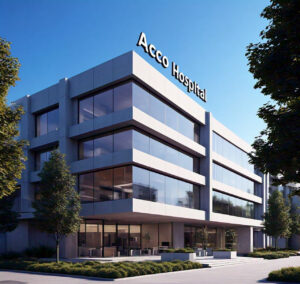
Modern Hospital Planning & Turnkey Construction – ACCO Construction
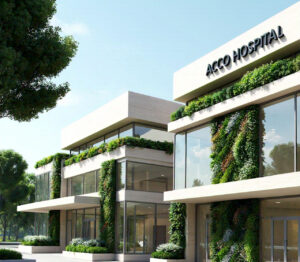
Innovative Hospital Design & Construction Solutions | ACCO Construction
🏗 Introduction to ACCO Construction ACCO Construction is one of Pakistan’s leading construction companies, based in Lahore, with decades of expertise in residential, commercial, and healthcare facility construction. Known for excellence, innovation, and modern technology, ACCO specializes in hospital design
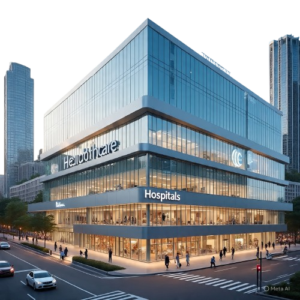
Modern Hospital Design & Construction Trends in 2025 | ACCO Construction
Introduction to ACCO Construction At ACCO Construction, we are proud to be among the leading construction and design companies in Lahore, Pakistan, with over two decades of experience in healthcare, commercial, and residential projects. From house construction in DHA Lahore
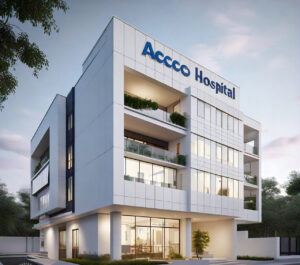
State-of-the-Art Operation Theater Renovation in Rawalpindi – ACCO
Introduction to ACCO At ACCO Construction, we take pride in being one of the most trusted names in the healthcare construction industry of Pakistan. With decades of expertise in hospital construction, medical facility design, and renovation services, our team has

🏥 Hospital Architecture & Design Firm in Pakistan | Healthcare Experts
Introduction to ACCO Construction ACCO Construction is one of the leading construction and architectural design companies in Pakistan, headquartered in Lahore with projects nationwide. With over two decades of experience in healthcare design, hospital planning, and turnkey construction services, ACCO
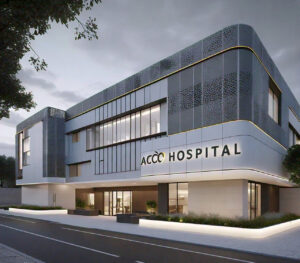
Expert Hospital Designers in Pakistan | Innovative Medical Architecture
Introduction to ACCO Construction ACCO Construction is one of the leading construction and design companies in Pakistan, with decades of experience in delivering residential, commercial, and healthcare projects. Headquartered in Lahore, ACCO specializes in hospital architecture, interior design, and turnkey
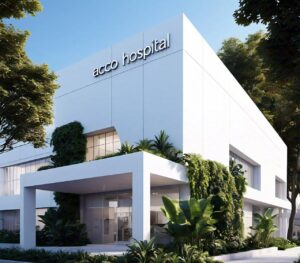
Best Hospital Architecture Company in Pakistan | Modern Healthcare Design
Introduction to ACCO Construction ACCO Construction is a leading construction and architectural design firm based in Lahore, Pakistan, with decades of experience in delivering innovative, reliable, and future-ready projects. Known for excellence in hospital design, healthcare facilities planning, and modern
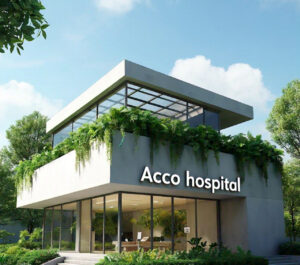
Professional Healthcare Architects in Pakistan | Hospital Design Solutions
Introduction to ACCO Construction 🏗️ ACCO Construction is a leading construction and architecture firm in Pakistan, renowned for delivering premium residential, commercial, and healthcare projects. With decades of experience in hospital design, interior planning, and turnkey construction, ACCO has become

Leading Hospital Architects in Lahore | Medical Facility Design Firm
Introduction to ACCO Construction 🏗️ ACCO Construction is a premier construction and design company based in Lahore, Pakistan, renowned for delivering high-quality residential, commercial, and healthcare projects. With over a decade of experience, ACCO specializes in turnkey construction, hospital design,

Top Hospital Design Experts in Pakistan | Healthcare Architecture Services
Introduction to ACCO Construction 🏗️ ACCO Construction is a leading construction and design company in Pakistan, renowned for delivering premium architectural and engineering solutions. With years of experience in residential, commercial, and healthcare construction, ACCO has established itself as a
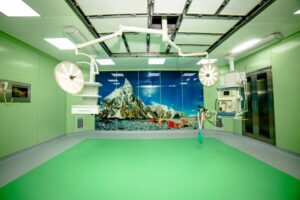
Operation Theater Upgrades in Faisalabad Hospitals – ACCO Excellence
Introduction to ACCO Construction ACCO Construction is a leading construction and design company in Pakistan, renowned for delivering premium residential, commercial, and healthcare construction projects. With years of expertise in modern construction techniques, ACCO has established itself as a trusted
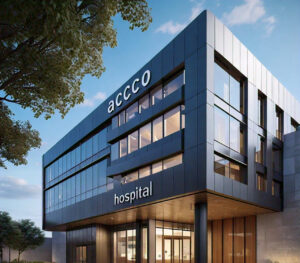
Renovated Operation Theaters in Multan – ACCO’s Specialized Services
Introduction to ACCO Construction 🏗️ ACCO Construction is a leading construction company in Pakistan, renowned for delivering premium residential, commercial, and specialized healthcare projects. With years of experience in modern construction techniques, we have successfully executed multiple turnkey projects across
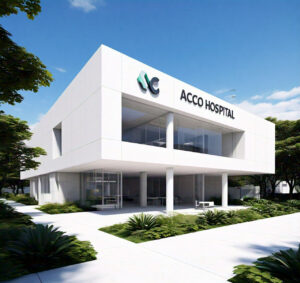
Modern OT Design & Renovation in Islamabad – ACCO Healthcare Projects
Introduction to ACCO Construction 🏗️ ACCO Construction is one of Pakistan’s leading construction and design firms, renowned for delivering premium residential, commercial, and healthcare projects. With over a decade of experience, ACCO specializes in creating spaces that blend functionality, aesthetics,
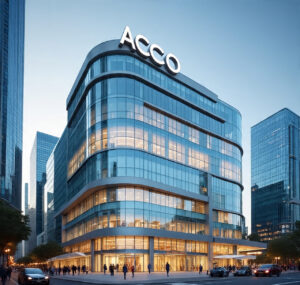
Upgrading Operation Theaters in Karachi Hospitals – ACCO Solutions
Introduction to ACCO Construction 🏗️ ACCO Construction is a leading construction and design company in Pakistan, specializing in high-quality residential, commercial, and healthcare projects. With years of experience in modern construction techniques, ACCO has established itself as a trusted name
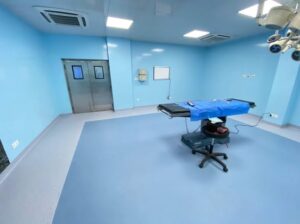
🏥 Operation Theater Renovation Services in Lahore – ACCO Expert
Introduction to ACCO Construction At ACCO Construction, we take pride in being one of Pakistan’s leading construction and engineering firms with decades of experience in healthcare infrastructure development. Headquartered in Gulberg-III, Lahore, we specialize in hospital design, medical facility construction,

Operation Theater Modernization – Ensuring Patient Safety & Efficiency | ACCO Construction
🏗 Introduction to ACCO Construction At ACCO Construction, we are proud to be one of Pakistan’s leading healthcare construction specialists, delivering state-of-the-art hospitals, operation theaters (OTs), and medical facilities. 📍 Based in Lahore, we have successfully executed projects across Punjab,
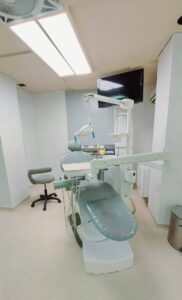
Why Hospitals Need Modern Operation Theater Renovation in 2025 | ACCO Construction
Why Hospitals Need Modern Operation Theater Renovation in 2025 | ACCO Construction Meta Title: Modern Operation Theater Renovation 2025 – ACCO Construction LahoreMeta Description: Discover why hospitals in Pakistan need modern operation theater renovation in 2025. ACCO Construction offers expert
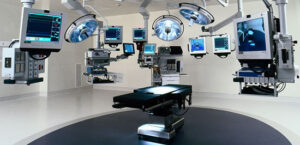
Smart OT Designs: Latest Trends in Operation Theater Renovation | ACCO Construction
Introduction to ACCO Construction At ACCO Construction, we take pride in being one of Pakistan’s leading names in hospital construction, healthcare facility design, and operation theater (OT) renovation. Based in Lahore, with decades of experience in modern construction and design-build
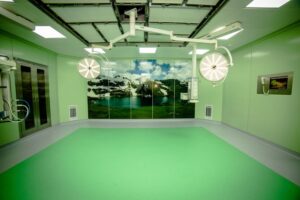
Renovated Operation Theaters for Advanced Healthcare in Pakistan | ACCO Construction
🏗 Introduction to ACCO Construction At ACCO Construction, we pride ourselves on being one of Pakistan’s leading experts in hospital construction, healthcare infrastructure, and operation theater design. Based in Lahore, with over two decades of excellence, we have successfully completed

